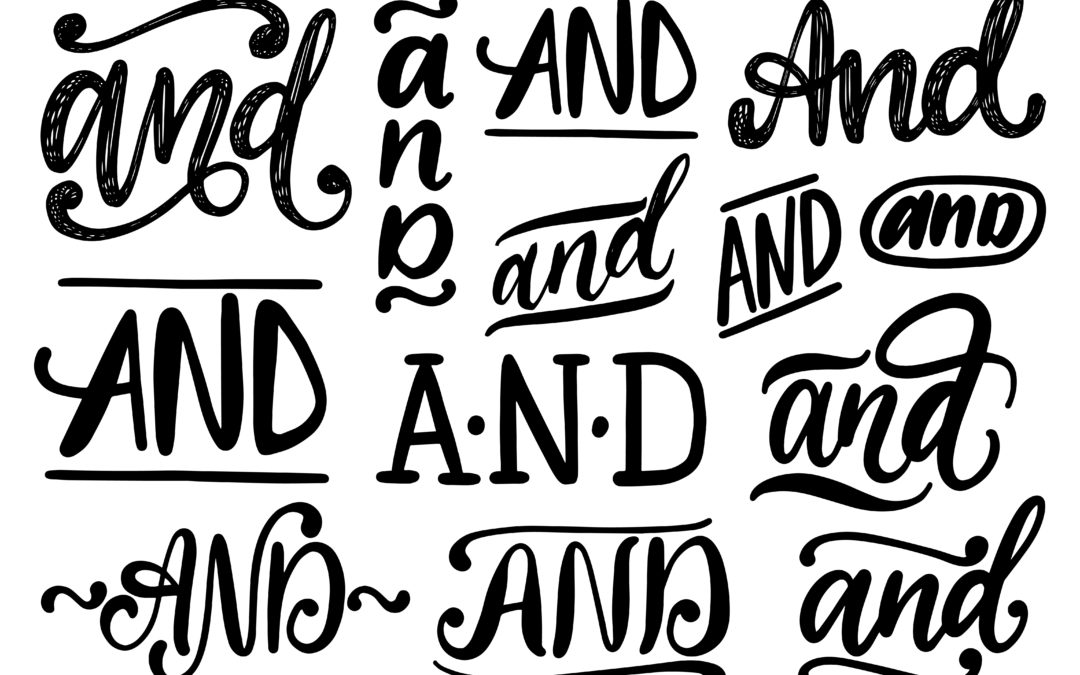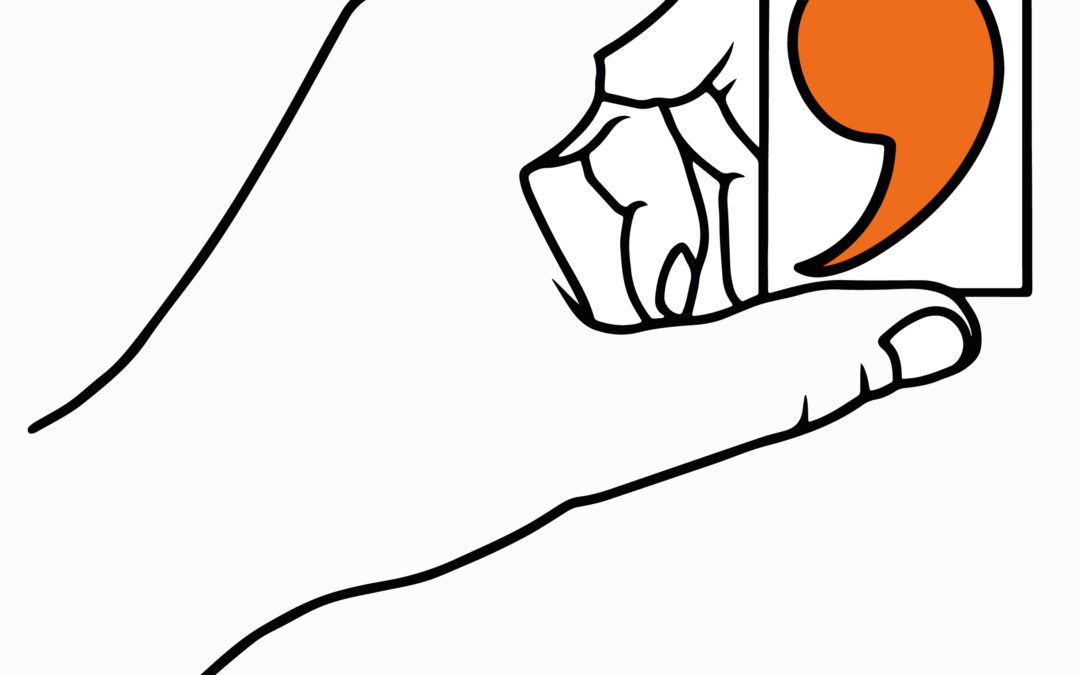by Erica L. Meltzer | May 21, 2011 | ACT English/SAT Writing, SAT Grammar (Old Test)
Grammar rule: any pronoun that follows a preposition must be an object pronoun (me, her, him, us, them NOT I, she, he, we, they).
I realize, however, that most people do not want to think about prepositions and subject and object pronouns, especially while they’re taking the SAT, so now I’m going to give you the shortcut:
Pretty much everyone employs this rule naturally when using singular subject and objects: you just wouldn’t say, “me is going to the store,” or “the cashier gave the change back to he.”
When subject and objects are plural, however, people tend to get confused. But here’s the thing: there’s no difference between using pronouns with singular and plural subjects and objects. In fact: Whatever goes for singular also goes for plural.
The SAT almost always pairs pronouns with a proper names (e.g. Jesse and I; she and Maria), so if you cross out the proper name, you’ll virtually always be able to hear whether there’s an error.
Let’s look at a couple of examples
Incorrect: After nearly a month, the teacher finally returned the report to Sarah and I.
The first thing that we can notice is that we have a name (Sarah) paired with a pronoun (I).
If we cross out the words “Sarah and,” we are left with:
Incorrect: After nearly a month, the teacher finally returned the report to I.
Would you say that? Of course not. You’d say, “The teacher finally returned the report to me.”
So you’d also say:
Correct: After nearly a month, the teacher finally returned the report to Sarah and me.
Or:
Incorrect: Tom and me went to the baseball game yesterday after school. Cross out: [Tom and] me went to the baseball game yesterday after school. If you wouldn’t say “Me went to the baseball game,” you wouldn’t say, “Tom and me went to the baseball game” either. The sentence should therefore read:
Correct: Tom and I went to the baseball game yesterday after school.
by Erica L. Meltzer | May 11, 2011 | ACT English/SAT Writing, Time Management
If you find yourself in the habit of slowing down on the rhetoric questions and then having to race at the end of the English sections, please consider
trying this out. (If you’re fine on time and have no problem with rhetoric questions, you can ignore this post.)
On ACT English, you have 45 minutes for 75 questions, divided into five passages with 15 questions each. That breaks down into 9 minutes per passage, or a little over 30 seconds per question.
As you may already know, however, some ACT English questions take far more time to finish than others. Grammar questions are often fairly straightforward and can often be done in a matter of seconds. However, rhetoric questions, especially ones that require you to reread substantial portions of the passage, can take much longer.
Now, rhetoric questions are usually located at the end of each passage — but not always. Sometimes they come right at the beginning. Sometimes they’re mixed in with grammar questions. When that’s the case, forget them for a little bit. Mark the ones you skip so you won’t forget to come back to them later, then do all the grammar questions.
If you get done with the grammar questions before the 9 minutes are up, go back to the rhetoric questions you skipped; if not, move on and do the same thing for the next passage (but don’t forget to guess on the ones you skipped; it can’t hurt you).
Your goal should be to get as many questions right as fast as you can. No question counts more than any other question, so it’s in your interest to first do all the questions you’re sure of, then worry about the ones you’re shaky on.
So the bottom line is this: don’t waste time working on a question you might not get right at the expense of working on a question you’ll almost certainly get right.

by Erica L. Meltzer | Mar 27, 2011 | ACT English/SAT Writing, Blog, The New SAT
This is one of the most important shortcuts you can know for the ACT® English Test and the SAT® Writing Test, and it can save you a huge amount of time. You can expect to encounter several punctuation questions testing it in one form or another on any given exam.
Comma + and/but = Period = Semicolon
These three constructions are grammatically identical, so if more than one of them appear in answer choices, you can automatically eliminate all of those options. (more…)

by Erica L. Meltzer | Mar 19, 2011 | ACT English/SAT Writing
Note: because of the extreme popularity of this post, I’ve made it available as a PDF download.
Way back in the olden days when American schools regularly taught grammar, many students learned that a comma should automatically be placed before a person’s name or the title of a book, magazine, etc.
In reality, however, that’s not quite true. The inclusion of a comma actually depends on the circumstances, and having a comma vs. no comma can dramatically change the meaning of a sentence. (more…)
by Erica L. Meltzer | Mar 15, 2011 | ACT English/SAT Writing
This is a rule that’s pretty much guaranteed to show up on every ACT and SAT, and knowing it can get you an easy couple of points.
It’s = It is
Correct: It’s very rainy outside today, but it might be sunnier tomorrow.
Incorrect: Its very rainy outside today, but it might be sunnier tomorrow.
Its = Possessive form of “It”
Correct: The book has lost its cover.
Incorrect: The book has lost it’s cover.
Its’ = does not exist
It’s vs. its can be tricky because nouns with apostrophes are possessive (e.g., the boy’s hat = the hat that belongs to the boy). As a result, many people very logically mistake it’s ( a pronoun) for the possessive form. Note that on the ACT, its is almost always the correct answer for precisely this reason.
There is, however, a simple trick.
If you see both it’s and its show up as answer choices and aren’t sure which one to choose, plug in it is. If the sentence makes sense, you need the apostrophe; if it doesn’t (much more likely), you don’t need the apostrophe.
Incorrect: Florida, the site of some of the first European settlements in North America, increased it’s population very slowly after being established as a state.
Plug in: Florida, the site of some of the first European settlements in North America, increased it is population very slowly after being established as a state.
Correct: Florida, the site of some of the first European settlements in North America, increased its population very slowly after being established as a state.
Finally, remember that its’ does not exist. (Nor, for that matter, does its’s, which has been known to appear on occasion.) The plural of its is their. Any answer that contains its’ can be automatically eliminated—no exceptions.
by Erica L. Meltzer | Mar 13, 2011 | ACT English/SAT Writing
This is one of the most common errors involving commas on the ACT, and it’s one that’s very easy to identify and fix.
A compound item is simply two nouns or verbs joined by the word “and.” The rule is that you never need a comma before the “and.”
If the grammatical terminology makes you too nervous, there’s also a great shortcut: comma + and = period, and if you plug in a period, you won’t have two full sentences. Since the period isn’t correct, “comma + and” isn’t correct either.
Compound Subject Errors
Incorrect: The cover, and the binding of the old book are beginning to disintegrate.
Period replaces “comma + and:” The cover. The binding of the old book are beginning to disintegrate.
Correct: The cover and the binding of the old book are beginning to disintegrate.
Compound Object Errors
Incorrect: The book has many pages, and illustrations.
Period replaces “comma + and:” The book has many pages. Illustrations.
Correct: The book has many pages and illustrations.
Compound Verb
Incorrect: The cover of the old book is beginning to fade, and disintegrate.
Period replaces “comma + and:” The cover of the old book is beginning to fade. Disintegrate.
Correct: The cover of the old book is beginning to fade and disintegrate.

